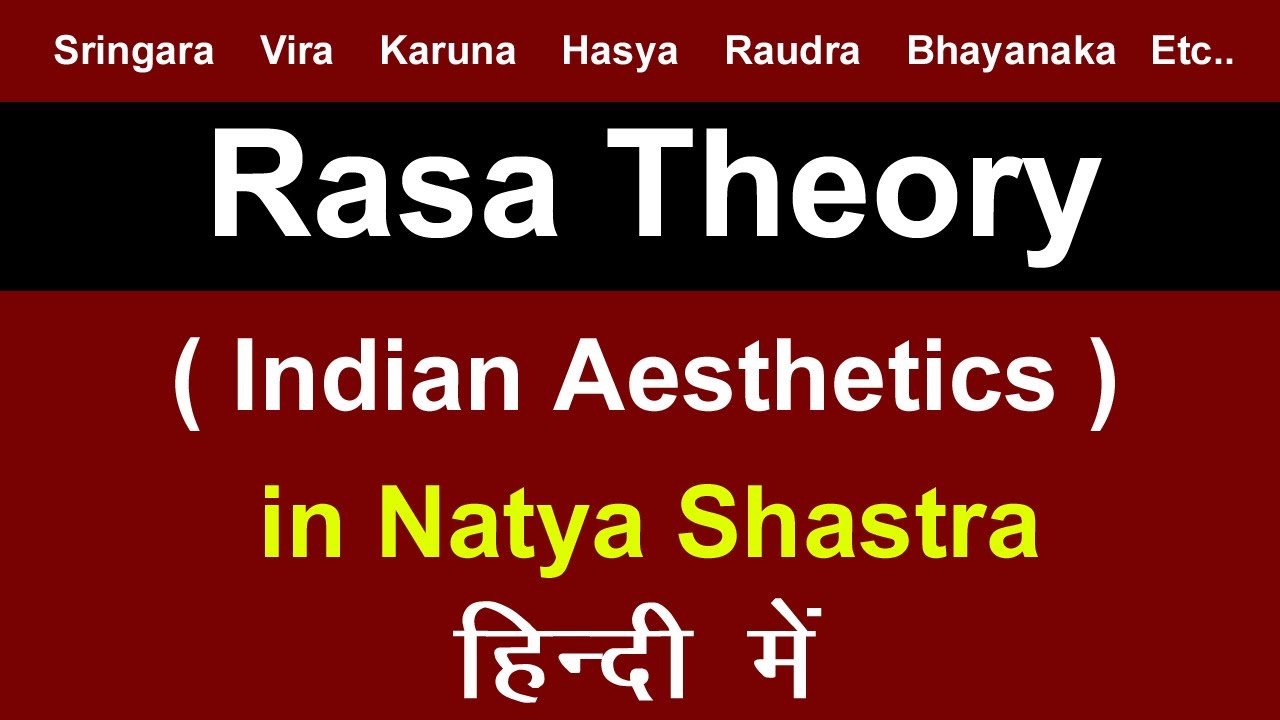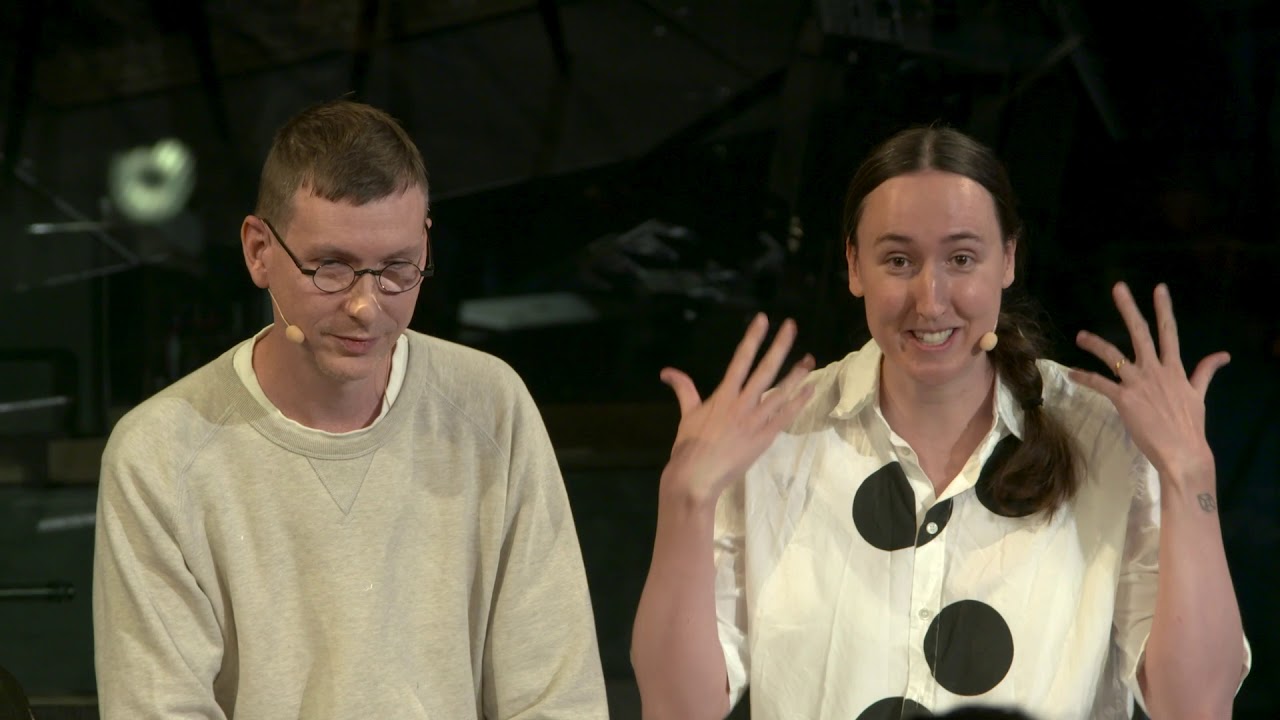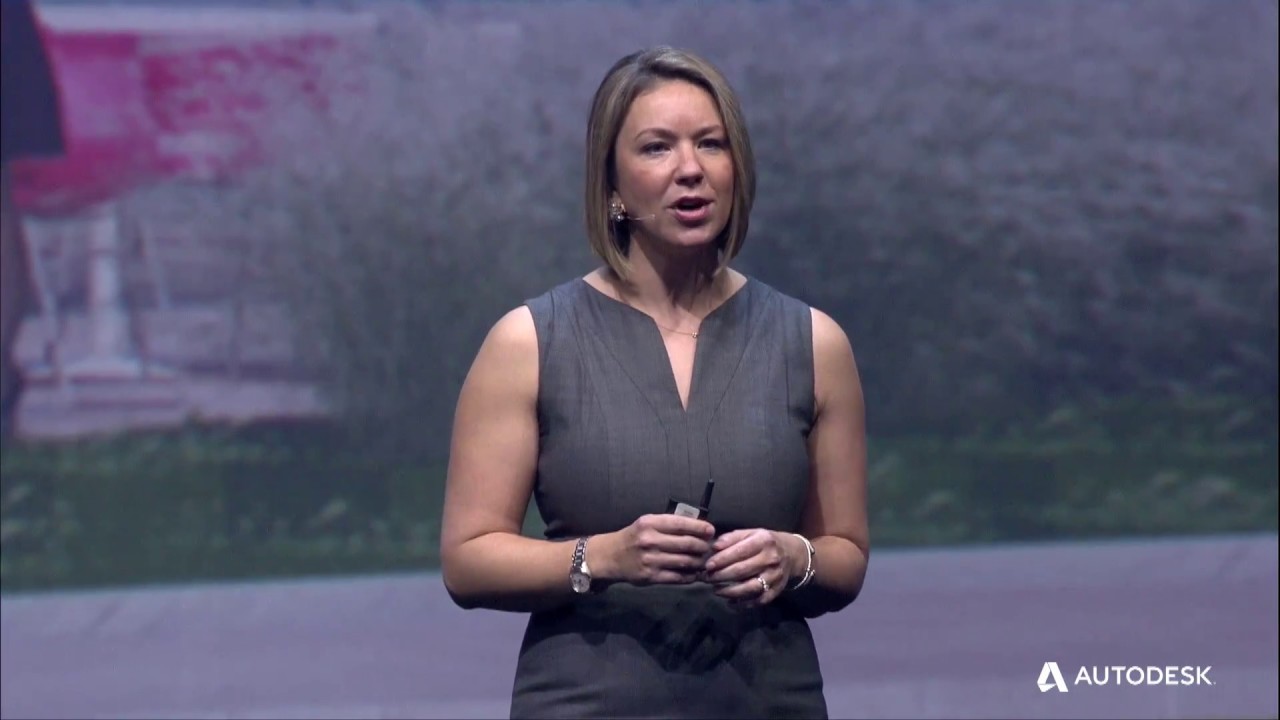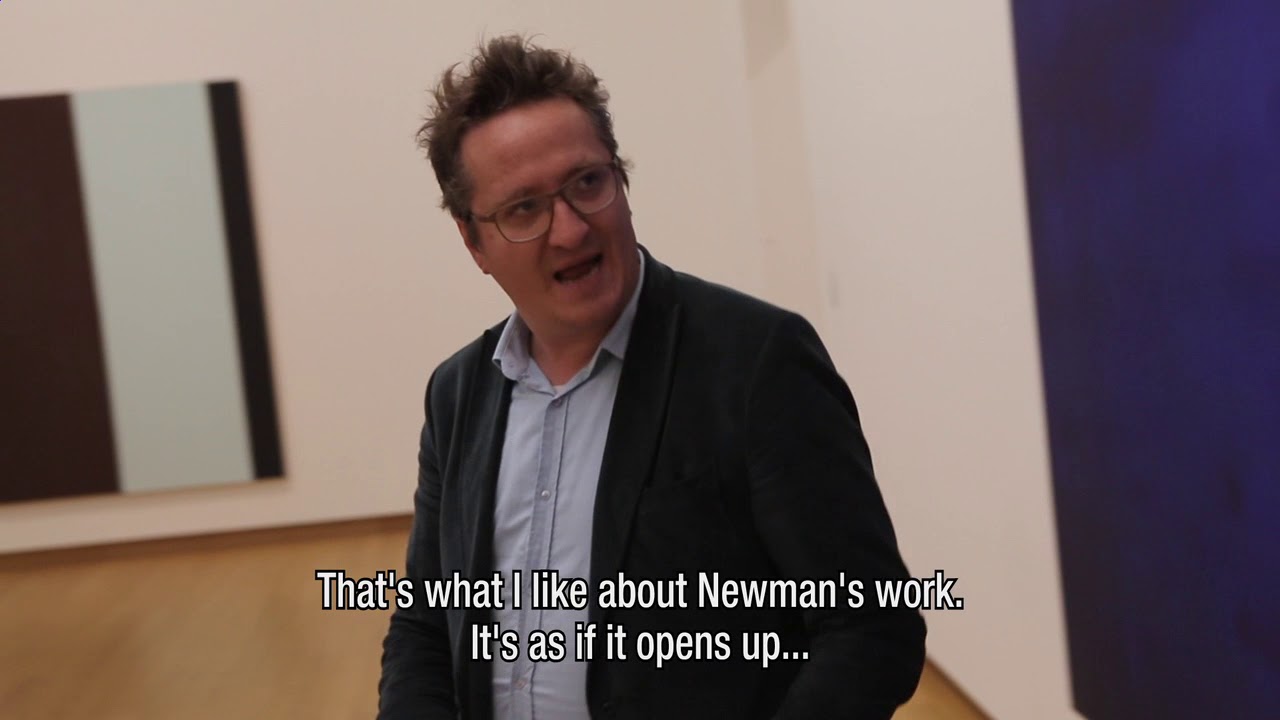English For All
Spoken English – https://www.youtube.com/channel/UCIV78R-UEF0BQmILS4jBrlQ/playlists
In Indian aesthetics, a rasa (Sanskrit: रस) literally means “juice, essence or taste”. It connotes a concept in Indian arts about the aesthetic flavour of any visual, literary or musical work that evokes an emotion or feeling in the reader or audience but cannot be described.[2] It refers to the emotional flavors/essence crafted into the work by the writer and relished by a ‘sensitive spectator’ or sahṛdaya, literally one who “has heart”, and can connect to the work with emotion, without dryness.
Rasas are created by bhavas: the state of mind.
The rasa theory has a dedicated section (Chapter 6) in the Sanskrit text Natya Shastra, an ancient scripture from the 1st millennium BCE attributed to Bharata Muni. However, its most complete exposition in drama, songs and other performance arts is found in the works of the Kashmiri Shaivite philosopher Abhinavagupta (c. 1000 CE), demonstrating the persistence of a long-standing aesthetic tradition of ancient India. According to the Rasa theory of the Natya Shastra, entertainment is a desired effect of performance arts but not the primary goal, and the primary goal is to transport the individual in the audience into another parallel reality, full of wonder and bliss, where he experiences the essence of his own consciousness, and reflects on spiritual and moral questions.
Although the concept of rasa is fundamental to many forms of Indian arts including dance, music, theatre, painting, sculpture, and literature, the interpretation and implementation of a particular rasa differs between different styles and schools. The Indian theory of rasa is also found in the Hindu arts and Ramayana musical productions in Bali and Java (Indonesia), but with regional creative evolution.
________________________________________________
Best Books for All English Literature Students
History of English Literature – https://amzn.to/2BTWCE3
Literary Terms – https://amzn.to/3fo7WXt
Indian English Literature – https://amzn.to/2ZZUMtf
Literary Criticism – https://amzn.to/2Zk0M0E
( Detailed ) History of English Literature – https://amzn.to/2C2N49G
Grammar , Vocabulary , idioms and phrases – https://amzn.to/3fpGiJx
Advanced Vocabulary – https://amzn.to/2ZlXPNl
_________________________________________________
Follow English for All on Instagram
username – Englishforall8
Link – https://www.instagram.com/englishforall8/
Follow me on Instagram
username – Jafri88
link – https://www.instagram.com/jafri88/?hl=en
Like our fb page
https://www.facebook.com/EnglishForAll98/?ref=br_rs
_________________________________________________________
Disclaimer- This is an educational channel where we teach English to Hindi Medium Students with the help of Images. All the images are royalty free and non-copyright. If any image that is used in it is yours it could be mistakenly, please be supportive and do not book copy strike. It is used for “Fair Use” means “Education”
#rasatheory #indianaesthetics #natyashastra #bharatmuni #MEG05
Source




THANKYOU SO MUCH 2
THANKYOU SO MUCH DEAR MY LOVELY SIR G, GOD BLESS YOU
Thank you sir
Very nice and easy explanation thank you sir ❤
💕💕💕💕💕
3:20 , 8:38 it's creating Hashya Rasa 😅
👌👌👌👏👏
Can you make video about, Kashmir Aesthetic.
Thank you sir ,for your efforts and give us helpful video .
Best 😍😍😍😍😍
Sir kuch god name and colour galat hai.
Sir your videos are very helpful . Amazing explanation, thanks for your efforts ☺
👍👍👍👍👍
Amazing explanation
Nicee
yrr tq aapko
Osssamm video it helps me alot
Thanku so much sir thanks a lot❤️
Your video's are really very helpful …..I completely understand it ♥️… thankyou so much for the great explanation
Amazing 🙏
excellent
🙏🙏🙏🙏🙏
Really thankfulll. Tyy
Your video is very helpful… Because tomorrow my exam is going to start. Thank you sir
Bahut bahut bahut bahut bahut bahut bahut bahut bahut bahut bahut bahut bahut bahut bahut bahut bahut bahut bahut bahut bahut bahut mst.. explanation thankyou 🙏🙏
😍😍👍
Nice sir
Very Helpful
Sir bhut acha explain krte ho aap…thnku so much
Yahh..y h hmara sanatan dharma..😇 feel proud ki mera born india m hua or vo bhi as a sanatani girl.😍
Ye natyashashtra treta yug me likha gya tha..on the request of bhagwan brahma.
wonderful sir🥰🥰🥰🥰🥰
Great sir
Tq so much 🤗
Great video
Sir
W.b.yeats ki poems
Sailing to Byzantium poem explain kr dijiya plz
Exam k din hi padh rhe h bhai kahe ka revision
Sir,the ninth rasa was written by abhinav gupta? I m confused?
I need notes sir
Thanku sir
Really 👌👌👌👌
Sir, your video is so helpful and useful in my exam times. Thank you for given as your experience and your time. So thanks again.
Very nice 👌👌
Thank u sir this was not available at where but u ade possible
Superb 💗💗
Superb 💗💗
Great bro great ….thanks a lot…
Sir your vedios are helpful. Well explained. Thank you so much 🙏
👍👍